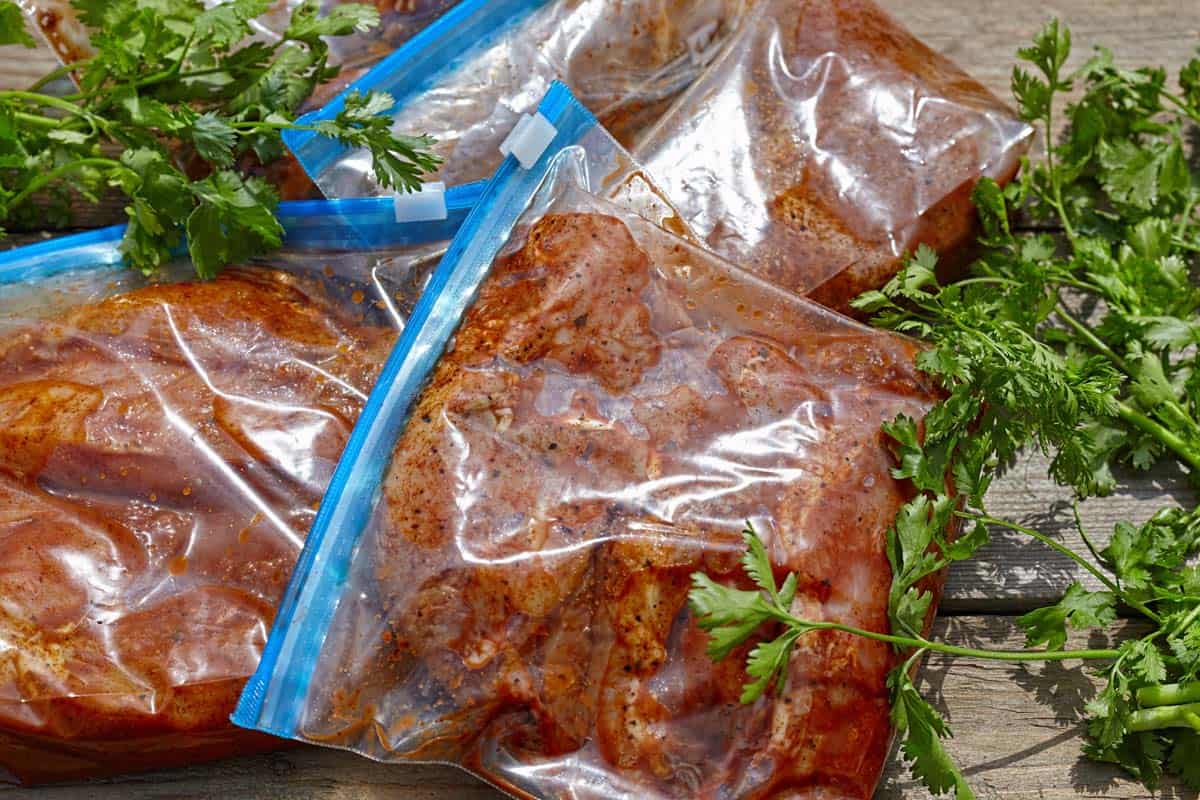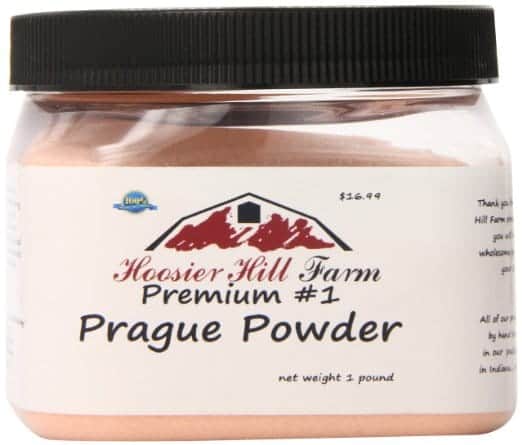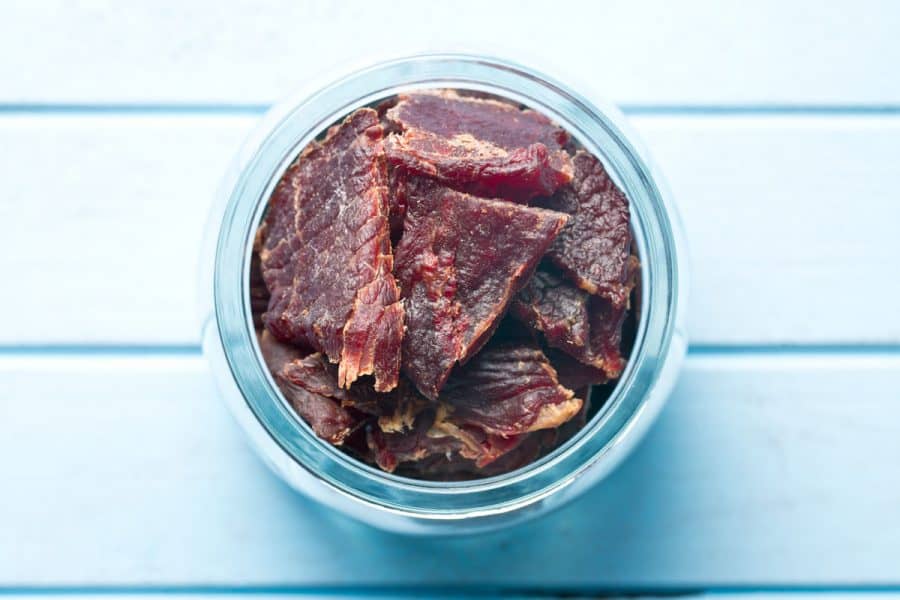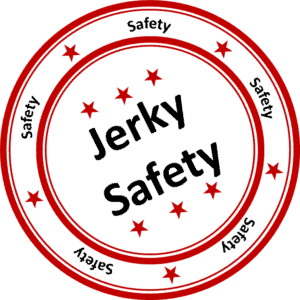Beef Jerky Apple Cider Vinegar Instead of Curing Salt
This post may contain affiliate links. Please read my privacy policy.
When making homemade jerky it is really important to follow strict food safety precautions to prevent any foodborne illnesses. The most common bacteria growths in poorly made jerky are Salmonella and E. Coli. These can be deadly, making food safety extremely important when making jerky.
By following these steps, you will prevent bacteria growth and have plenty of safe jerky for everyone to enjoy!
How to make safe jerky
1. Clean your kitchen, utensils, bowls, and all other equipment with water and bleach. Also wash your hands with soap before handling any raw meat.
2. Thaw frozen meat in the refrigerator instead of at room temperature to prevent bacteria growth.I see many people put meat on the counter and leave it for hours. This is NOT safe and should NOT be done. Leave yourself ample time to thaw your meat in the refrigerator.
3. Marinate the meat at a temperature between 36-40°F (2°C-4°C). Do not marinate at room temperature. Keep meat in the fridge while you mix your marinade together. Bacteria can grow fast on raw meat left out at room temperature. After marinating, do not save and re-use a marinade.

4. At the beginning of dehydrating, heat the jerky to 160°F (71°C) to kill dangerous bacteria.For jerky to be safe, it should be heated to 160°F for beef and 165°F for turkey or chicken jerky BEFORE you dry your strips.
Heating the jerky after dehydrating might not kill all bacteria due to it becoming more heat resistant during the drying process. This is why bringing your jerky to 160ºF at the start of your jerky making process is recommended by the USDA.
If you have a dehydrator that will heat jerky to this temperature, you can bypass this initial heating stage. See my page on Dehydrator Reviews for more information.
If your dehydrator does not heat the jerky to 160°F, pre-heat the meat in an oven after it has finished marinating. As an extra precaution; I ALWAYS pre-heat any turkey or chicken jerky I make, as well as use curing salt, to make sure it is safe to eat. I like being as safe as possible when using fowl.
Pre-heat ¼″ slices of beef to 160°F, it takes about 10 minutes in a 300°F (149°C) oven. To pre-heat ¼″ slices of turkey to 165°F, about 8 minutes at 300°F (149°C) does the job. Not all oven are the same, so wrapping one strip around an oven thermometer while baking is the best way to determine when the jerky strips reach the desired temperature.
5. Use curing salt to help prevent bacteria from growing. In this age where the craze is only eating Organic Foods, curing salt might not be in your recipes. While I do understand the 'staying away from preservatives', be extra careful when not using them when making jerky!
When the right amount of curing salt is used, there are no harmful effects that many believe come from using these salts. If you decide not to use curing salts, make sure that you follow the other safety precautions closely. Especially heating the meat to 160ºF to kill any bacteria and eat the jerky within a couple of days.

With that said, I DO recommend using cure when making ground meat jerky because the meat has been handled and processed making it more susceptible to having bacteria. I also recommend using curing salt when making turkey or chicken jerky due to salmonella.
Better to be safe than sorry! So in short… No jerky recipe NEEDS cure as long as beef is heated to 160°F and fowl to 165°F. But it is another line of defense to kill bacteria and allows your jerky to last longer.
6. Store jerky in a cool dry place for up to a week or vacuum seal and freeze for up to 6 months.

That's it folks! Making jerky is both fun and VERY rewarding. Just make sure to keep in mind these tips on how to keep you and your loved ones safe when making and eating homemade jerky.
For more information, visit the USDA Webpage on Jerky and Food Safety.
Related Posts:
-
The Ultimate Beef Jerky Recipe
-
Storing Beef Jerky
-
How to Make Beef Jerky in a Dehydrator
Source: https://www.jerkyholic.com/6-steps-to-making-safe-jerky/

0 Response to "Beef Jerky Apple Cider Vinegar Instead of Curing Salt"
Post a Comment